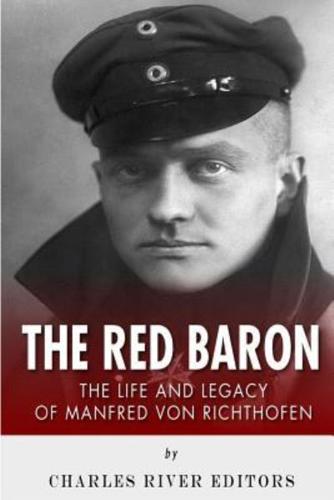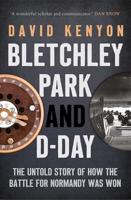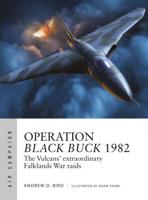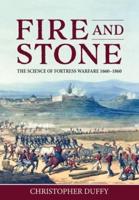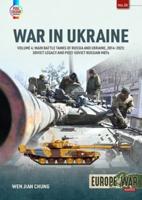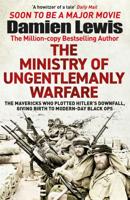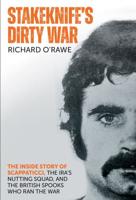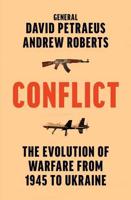Publisher's Synopsis
*Includes pictures
*Includes the Red Baron's own quotes about his life and career
*Discusses the Red Baron's death and the controversy over who shot him
*Includes a bibliography for further reading
"Now I am within thirty yards of him. He must fall. The gun pours out its stream of lead. Then it jams. Then it reopens fire. That jam almost saved his life." - The Red Baron
Few participants in World War I are more famous than Manfred Albrecht Freiherr von Richthofen, better known as the Red Baron. A German known for victories in a war that his country lost, a cavalry officer made famous as mounted combat disappeared, and an aristocratic hero in a century dominated by democracy; Richthofen's celebrity stands in stark contrast to the era.
Furthermore, World War I is not remembered as a period in which the advance of technology empowered or emboldened individual human beings, and it certainly did not support the old romantic image of the lone, skilled warrior. The terrible grinding power of Europe's first great industrial war saw advances in gunnery and factory production that chewed up millions of young men and spit them out in fragments across the anonymous mud of no man's land. A soldier was more likely to be killed by an artillery shell flung from half a mile away than up close in combat, where his own skills might save his life, so there was little heroism and no glory to be found in the forms of violence provided by the modern war machine.
However, for the handful of men fighting in the air, it was a different matter, because World War I brought about the emergence of full-blooded aerial combat for the first time. In fact, airplanes were so foreign to past examples of warfare that few military officers were sure of how to utilize them at the start of the war. As a result, amazing new machines capable of carrying men at great speed and height were used first for reconnaissance, and it was only later that they actually became fighter planes, with each side fighting for dominance of the air and the advantage this provided. This was the era of the dogfight, in which aerial combat was effectively invented, with engineers and pilots working quickly to adapt machines and tactics to a whole new sort of warfare. In the skies above Europe, a man could once more play the role of the lone warrior, surviving or dying by skill and the power of personality.
Into this cloud-strewn battlefield came a young man from a young country, ready to prove not only his potential but that of the new form of combat at which he would excel. Indeed, there was no greater ace during the war than the Red Baron, who was credited with shooting down 80 Allied planes. However, the Red Baron's most remarkable accomplishment was one he never wanted. On April 21, 1918, while flying over the Somme, the Red Baron spotted an Allied plane and pursued it, and while in pursuit, the Red Baron was shot by a single bullet in the chest, mortally wounding him. Debate has raged ever since over whether an Allied pilot or infantry unit shot him, but either way, despite being mortally wounded and already near death, the Red Baron managed to land his plane in a field. He died almost immediately after the landing, and his plane quickly became a treasure trove for souvenirs among soldiers from the Allied Powers on the ground.
By the time he died at the age of 25, Richthofen was a living legend, celebrated by his fellow countrymen and feared by his enemies. Ironically, he had managed to become a celebrity soldier in an era of anonymous death. The Red Baron chronicles the life and legacy of history's most famous fighter pilot. Along with pictures and a bibliography, you will learn about Manfred von Richthofen like never before, in no time at all.
